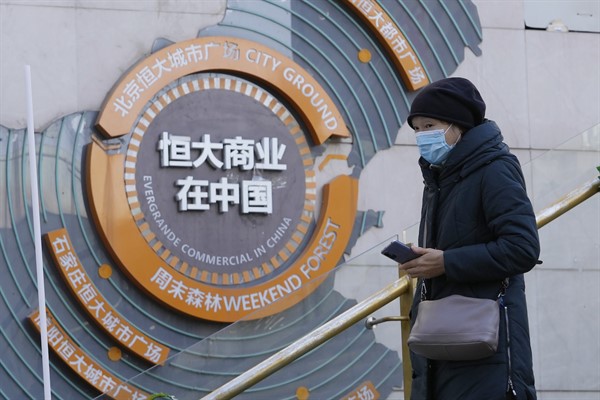Late in September, when stock markets around the world went into spasms of anxiety following news that Chinese real estate giant Evergrande might go bankrupt, the shockwaves reached all the way to Latin America, about as far from the Chinese mainland as one can get. In fact, South American markets dropped even more than those in the United States, even though Evergrande has had little, if any, contact with the region. That’s because Latin American economies are not just deeply entwined with China, but are increasingly dependent on its growth to sustain their own.
The drama of Evergrande, with its $300 billion in debt—larger than the economies of 3 out of every 4 countries on Earth—is still far from over. But its struggles point to problems in the Chinese economy that could pose an even greater, longer-term danger to Latin America.
Beijing’s efforts to protect the impressive rates of economic growth it achieved in recent decades are now facing stiff headwinds. Premier Li Keqiang finally recognized this fact during a gathering in Beijing a few weeks ago, admitting that “new downward pressures” have taken a toll on growth. He listed the stubborn persistence of the coronavirus pandemic, supply chain disruptions, energy shortages, a steep climb in commodity prices and climate-related disasters—including major flooding in recent weeks—as culprits.

